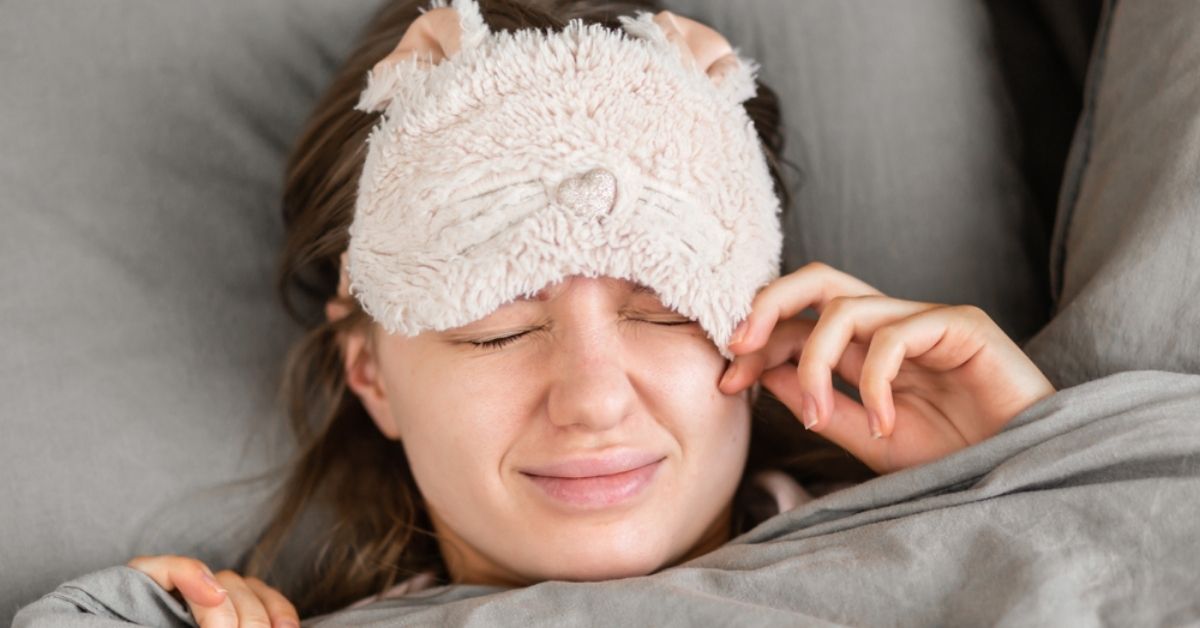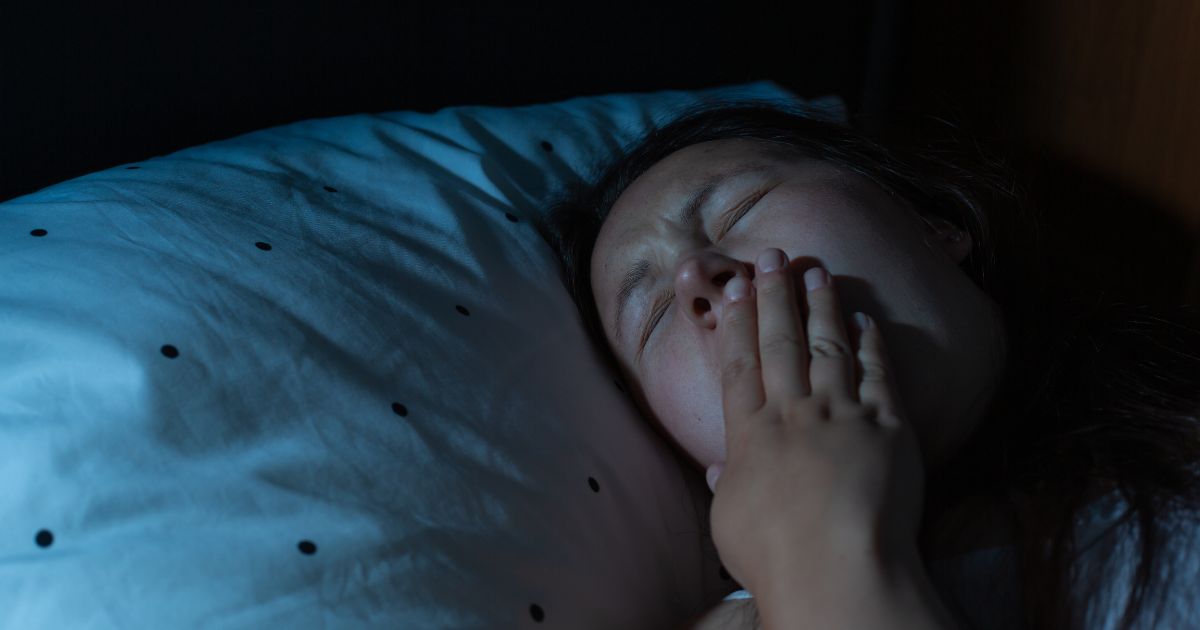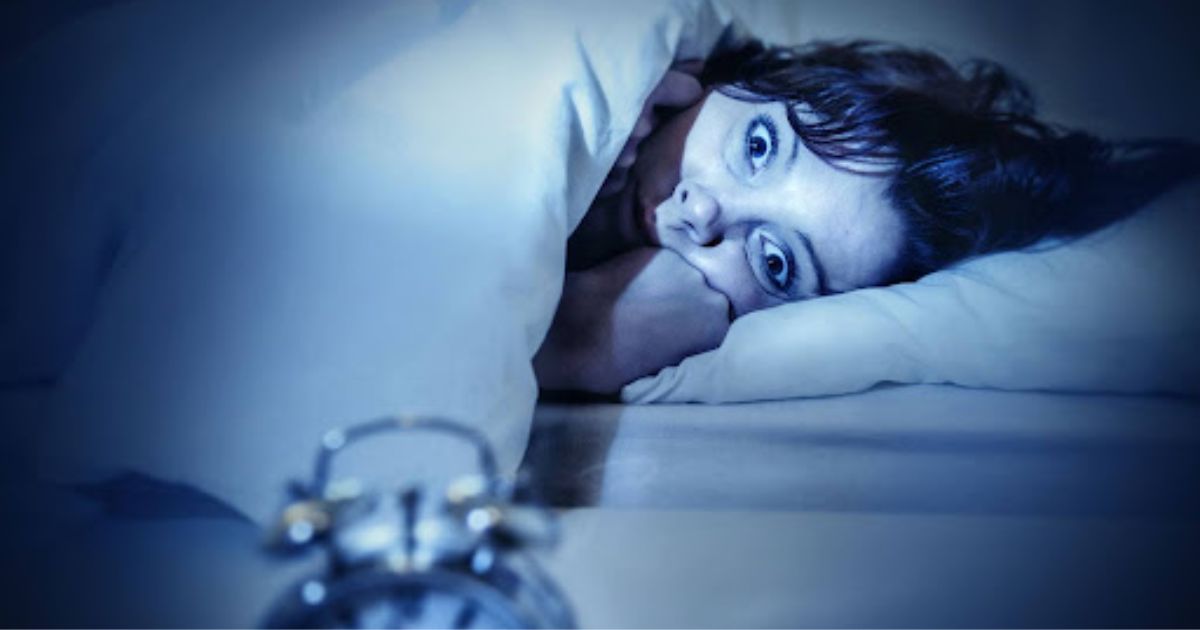Sleep disorders and having trouble sleeping are common among many adults. Currently, there are between 50 million to 70 million people that are reporting to have some type of sleep disorder symptoms. Having an undiagnosed sleep disorder can be very dangerous and life-threatening to some. Listed below are some sleep disorders that are most common:
1. Sleep Apnea
Sleep apnea can be potentially life-threatening as your breathing repeatedly stops and starts again. Some symptoms of sleep apnea can be loud snoring, gasping for air during sleep, awakening with a dry mouth, irritability, insomnia, and many more. Sleep apnea can be determined by overnight testing at a sleep center. If you get diagnosed with sleep apnea, you most likely will be given a CPAP (continuous positive airway pressure) device to wear while sleeping.
2. Insomnia
Insomnia is a very common sleep disorder among many individuals. Having insomnia can make it hard to fall asleep, stay asleep, or cause you to wake up and not be able to get back to sleep. You may even feel tired when you wake up as insomnia drains your energy levels, your mood, and your quality of life- mentally and physically. At least once in an individual’s life, they will experience short-term insomnia, which can last from days to weeks and can result from a traumatic event or stress.
3. Narcolepsy
Narcolepsy is a chronic sleep disorder that can be characterized by the overwhelming feeling of daytime drowsiness in which you proceed to have sudden attacks of sleep throughout the day. It is usually hard to stay awake for long periods of time. Narcolepsy that happens with cataplexy is called type 1 narcolepsy, and narcolepsy that occurs without cataplexy is known as type 2 narcolepsy. Some symptoms to look out for can be: excessive daytime sleepiness, sudden loss of muscle tone, and sleep paralysis.
4. Restless Legs Disorder
Restless leg disorder is a condition that causes an uncontrollable urge to move your legs due to an uncomfortable sensation that usually occurs in the evening and night time when you sit or lay down. Being able to move your legs can relieve and ease the unpleasant feeling. Restless leg disorder is also known to be Willis-Ekbom disease. There are no active known causes for restless leg disorder, but it is suggested that it may be caused by an imbalance of dopamine in your brain, heredity, or pregnancy.
5. REM Sleep Behavior Disorder
Rapid eye movement behavior disorder is a sleep disorder in which an individual physically acts out vivid and unpleasant dreams through vocal sounds and sudden, violent arm and leg movement. You can spend up to 20 percent of your sleep in REM sleep, and typically occurs during the second half of the night. REM can onset suddenly and is often gradual as it can get worse over time. REM can also be associated with other neurological conditions. REM can not only disrupt you but also your partner and your lifestyle. A typical cause for REM behavior disorder is the nerve pathways in the brain that prevent muscles from moving are active during normal REM sleep and can result in temporary paralysis of your body.
If you are experiencing any symptoms or have trouble sleeping, contact your local Jacksonville sleep center for information on appointments and sleep studies.






